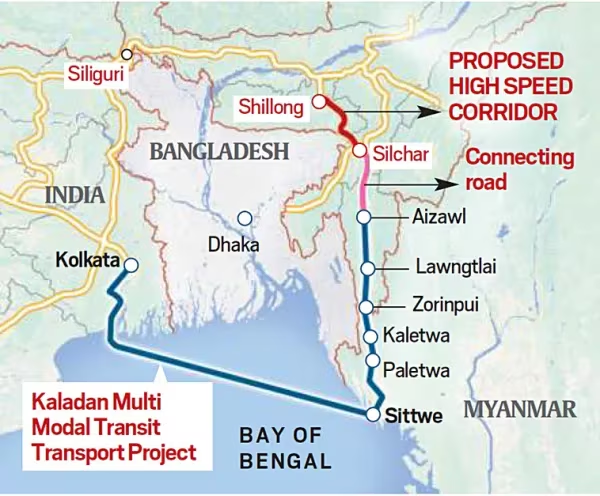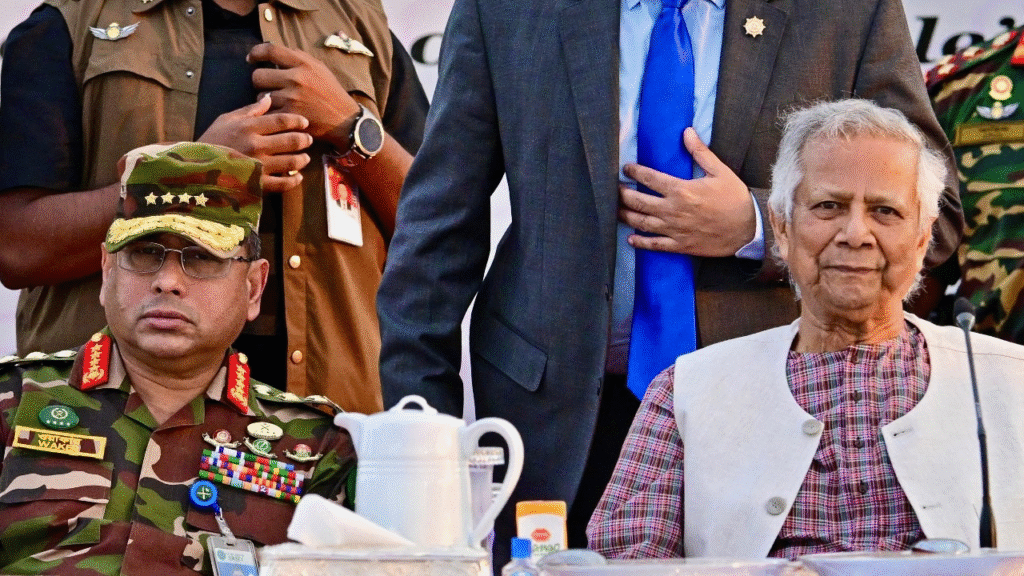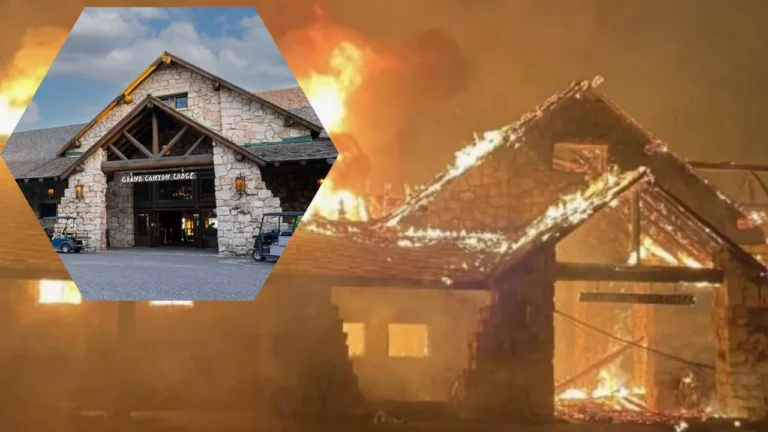In 2025, the Bangladesh Army and interim government clash over a Myanmar humanitarian corridor to aid Rakhine province. This UN-backed proposal has sparked debates on national security, Rohingya refugee crisis, and political stability. Explore the power struggle, regional implications, and why this matters for Bangladesh’s future. Keywords: Bangladesh Myanmar corridor, Rohingya crisis 2025, Bangladesh Army vs government, Muhammad Yunus, humanitarian aid Rakhine, national sovereignty.
Introduction
Picture a nation torn between saving lives and safeguarding its borders. That’s Bangladesh in 2025, caught in a fiery debate over a Myanmar humanitarian corridor to deliver aid to Rakhine province, a region battered by conflict and famine. The Bangladesh Army, led by General Waker-Uz-Zaman, is at odds with the interim government under Muhammad Yunus, labeling the corridor a threat to national sovereignty. Initially open to the UN-backed proposal, the government backtracked after fierce opposition, opting for UN-managed aid instead. For millennials and Gen Z, this isn’t just a policy spat—it’s a high-stakes drama about humanitarian aid, political power, and the Rohingya crisis. Let’s break down this clash, its stakes, and what it means for Bangladesh’s future.
The Rohingya Crisis and Rakhine’s Humanitarian Emergency
The Rohingya crisis sets the stage for this controversy. Over 1.2 million Rohingya refugees live in Bangladesh, primarily in Cox’s Bazar, after fleeing persecution in Myanmar’s Rakhine province since 2017 [1]. The 2017 Rohingya exodus, triggered by a brutal military crackdown, saw 655,000–700,000 people cross into Bangladesh, creating one of the world’s largest refugee camps [2]. Meanwhile, Rakhine province faces a worsening crisis. The Arakan Army, fighting for autonomy, controls much of the region, including parts of the Bangladesh-Myanmar border, after defeating Myanmar’s junta [3]. This has led to a famine crisis, with only 20% of Rakhine’s food needs met by local production, endangering 2 million people by mid-2025 [4].
Table 1: Snapshot of the Rohingya Crisis
| Aspect | Details |
|---|---|
| Rohingya Refugees | Over 1.2 million in Cox’s Bazar, Bangladesh |
| Major Exodus | 2017, with 655,000–700,000 fleeing Myanmar |
| Rakhine’s Crisis | Arakan Army control, famine risk for 2 million by mid-2025 |
| Humanitarian Need | Urgent need for food, medicine due to conflict and trade disruptions |

The Humanitarian Corridor Proposal and Initial Support
In March 2025, UN Secretary-General Antonio Guterres proposed a humanitarian corridor during a visit to Dhaka, aiming to deliver food aid, medicine, and essentials to Rakhine province [5]. The corridor was intended to address the famine crisis and potentially facilitate Rohingya repatriation [6]. The interim government, led by Muhammad Yunus, initially supported the idea. Foreign Adviser Touhid Hossain announced in April that Bangladesh agreed in principle, subject to conditions, to aid Rakhine and ease the refugee burden [7]. However, this decision, made without broad consultation, ignited controversy, with critics warning of security risks and foreign influence.

Army’s Opposition and Government’s Reversal
The Bangladesh Army swiftly rejected the humanitarian corridor, with General Waker-Uz-Zaman calling it a “bloody corridor” that could jeopardize national security [8]. He warned of risks like arms smuggling or insurgent activity, stating, “The Bangladesh Army will never allow activities harmful to sovereignty” [9]. The army also criticized the interim government for lacking an electoral mandate and demanded elections by December 2025 [10]. Facing pressure, the government backtracked. National Security Adviser Dr. Khalilur Rahman clarified on May 21, 2025, that no corridor would be allowed, with aid limited to UN-managed channels to ensure impartiality [11]. This shift followed concerns about US influence and potential entanglement in Myanmar’s civil war [12].
Table 2: Stakeholder Positions on the Corridor
| Stakeholder | Position |
|---|---|
| Interim Government | Initially supported, now opposes Myanmar corridor, focuses on UN aid |
| Bangladesh Army | Opposes, cites national security and sovereignty risks |
| UN | Proposed humanitarian corridor for Rakhine aid |
| BNP | Supports army, demands early elections |
| US | Alleged to push corridor for geostrategic interests |

Conclusion
The Bangladesh Army vs. government clash over the Myanmar humanitarian corridor reveals deep tensions in Bangladesh politics. The UN-backed proposal aimed to address Rakhine’s famine but was derailed by the army’s concerns about national security and sovereignty. The interim government’s reversal, opting for UN-managed aid, highlights the challenge of balancing humanitarian goals with domestic priorities. For millennials and Gen Z, this saga is a wake-up call: humanitarian crises like the Rohingya refugee situation are tangled in political power struggles and global interests. As Bangladesh navigates this political instability, the outcome will shape its role in regional stability and its path toward a stable future. Stay tuned—this Bangladesh crisis is far from over.
References
[1] “Rohingya conflict,” Wikipedia, [Online]. Available: https://en.wikipedia.org/wiki/Rohingya_conflict.
[2] “Breaking Away: The Battle for Myanmar’s Rakhine State,” International Crisis Group, [Online]. Available: https://www.crisisgroup.org/asia/south-east-asia/myanmar/339-breaking-away-battle-myanmars-rakhine-state.
[3] “Rakhine: A Famine in the Making,” ReliefWeb, Oct. 2024, [Online]. Available: https://reliefweb.int/report/myanmar/rakhine-famine-making-october-2024.
[4] “Looming famine in Rakhine signals wider crisis,” UN News, Nov. 2024, [Online]. Available: https://news.un.org/en/story/2024/11/1156676.
[5] “Ramification: How Rohingya humanitarian corridor can be a headache,” Firstpost, [Online]. Available: https://www.firstpost.com/opinion/ramification-how-rohingya-humanitarian-corridor-in-bangladesh-can-be-a-new-headache-for-india-13889433.html.
[6] “Bangladesh agrees to UN call to open humanitarian corridor,” Anadolu Agency, [Online]. Available: https://www.aa.com.tr/en/asia-pacific/bangladesh-agrees-to-un-call-to-open-humanitarian-corridor-for-myanmar-citizens/3550294.
[7] “Bangladesh Army at odds with government on Myanmar corridor,” The Hindu, [Online]. Available: https://www.thehindu.com/news/international/bangladesh-army-at-odds-with-government-on-myanmar-corridor/article69622378.ece.
[8] “No bloody corridor, hold elections by December,” Business Today, May 22, 2025, [Online]. Available: https://www.businesstoday.in/india/story/no-bloody-corridor-hold-elections-by-december-bangladesh-army-chiefs-ultimatum-to-yunus-477429-2025-05-22.
[9] “No talks on Myanmar corridor, only discussed channelling aid,” The Business Standard, [Online]. Available: https://www.tbsnews.net/bangladesh/security-adviser-khalilur-brief-rakhine-corridor-2pm-1147916.
[10] “Army chief puts Yunus on notice,” India Today, May 21, 2025, [Online]. Available: https://www.indiatoday.in/opinion/story/army-chief-puts-yunus-on-notice-what-it-means-for-a-beleaguered-bangladesh-2728339-2025-05-21.
[11] “Bangladesh rules out possibility of any corridor for Myanmar,” News on AIR, [Online]. Available: https://www.newsonair.gov.in/bangladesh-rules-out-possibility-of-any-corridor-for-myanmar/.
[12] “Pandora’s Box? Bangladesh and the Rakhine Humanitarian Corridor,” The Diplomat, May 2025, [Online]. Available: https://thediplomat.com/2025/05/pandoras-box-bangladesh-and-the-rakhine-humanitarian-corridor/.









